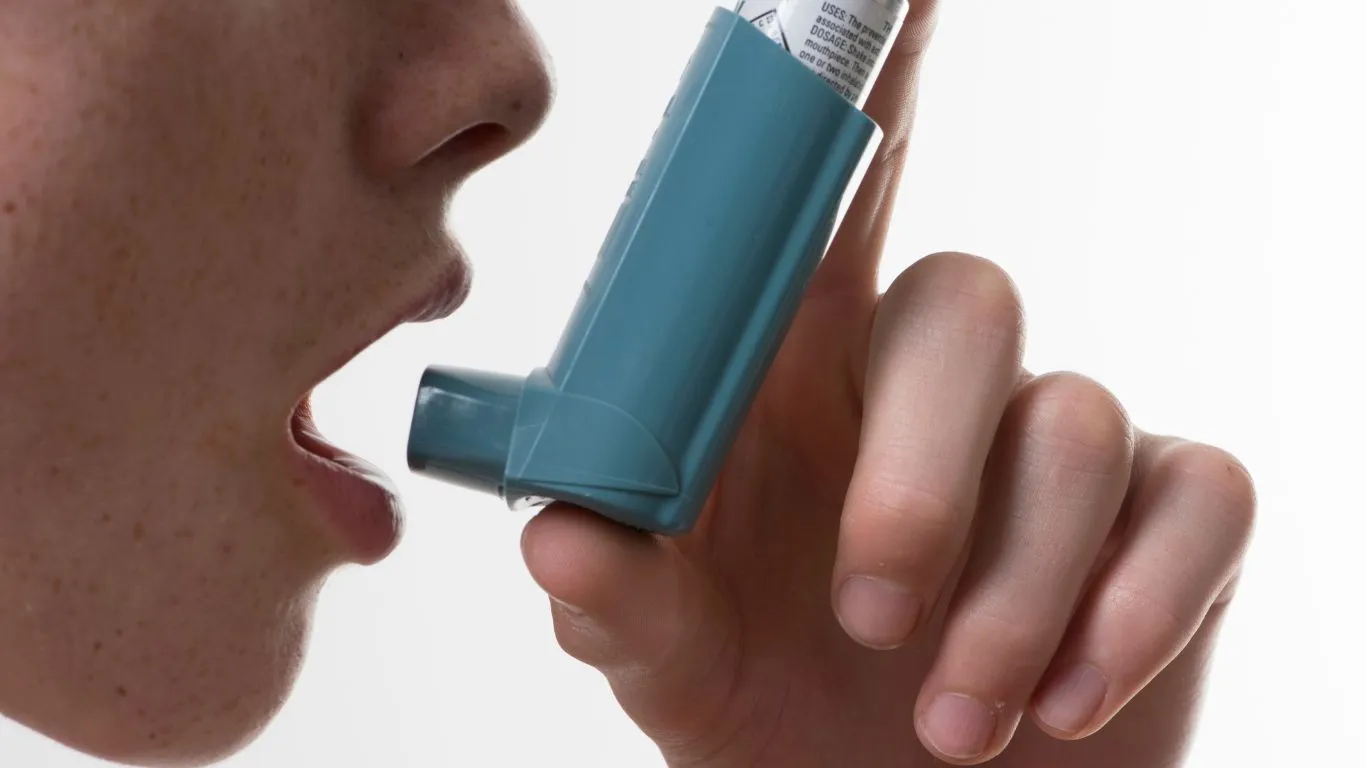Allergy-Proofing Your Home for Asthma Sufferers: A Practical Guide
Struggling with asthma triggered by allergies? You’re not alone. Let’s dive into how you can transform your home into a safe haven for easier breathing and fewer flare-ups.

Why Allergy-Proofing Your Home Matters
Managing asthma often starts at home. Allergens in your living space can worsen asthma symptoms, leading to:
- Difficulty breathing
- Frequent coughing or wheezing
- Increased reliance on medication
Creating a clean, allergen-free home environment is a proactive step that makes a world of difference. Plus, it’s easier than you might think when you break it down room by room.
Key Allergy-Proofing Tips
1. Tackle the Bedroom First
Your bedroom should be your sanctuary, especially since you spend a significant portion of your time there. Here’s how to make it allergy-proof:
Use Allergen-Proof Covers
Invest in dust-mite-proof covers for your mattress, pillows, and box spring. These covers create a barrier that prevents dust mites from settling in.
Wash Bedding Regularly
Wash your sheets, pillowcases, and blankets weekly in hot water (at least 130°F) to kill dust mites and other allergens.
Minimize Clutter
Clutter collects dust. Keep your bedroom simple and avoid excess decorative pillows, stuffed animals, and unnecessary items.
2. Clean Living Areas Effectively

Choose Easy-to-Clean Flooring
If possible, replace carpets with hardwood, tile, or laminate flooring. Carpets trap allergens, while hard surfaces are easier to clean.
Vacuum Regularly
Use a vacuum cleaner with a HEPA filter to trap small particles. Aim to vacuum at least twice a week, and don’t forget to clean under furniture.
Control Pet Dander
Keep pets off furniture and out of bedrooms. Groom and bathe your pets regularly to minimize shedding and dander.
3. Improve Indoor Air Quality

Use an Air Purifier
Invest in a high-quality HEPA air purifier to remove allergens like pollen, mold spores, and pet dander from the air.
Maintain Humidity Levels
Keep indoor humidity between 30% and 50% using a dehumidifier. Mold and dust mites thrive in high humidity, so keeping levels in check is crucial.
Avoid Smoke and Strong Scents
Eliminate cigarette smoke and limit the use of candles, incense, and strong-smelling cleaning products, which can irritate airways.
4. Allergy-Proof the Kitchen
Fix Leaks Promptly
Address any leaks under the sink or around appliances to prevent mold growth.
Use a Range Hood
Ventilate cooking areas with a range hood that vents outside to reduce exposure to fumes and cooking odors.
Store Food Properly
Keep food in airtight containers to avoid attracting pests, which can be a source of allergens.
5. Bathroom Strategies

Ventilate the Space
Use an exhaust fan or open a window to reduce moisture after showers.
Clean Regularly
Scrub tiles, grout, and other surfaces with mold-killing cleaners weekly.
Replace Shower Curtains
Opt for washable shower curtains or those made from mold-resistant materials.
FAQs
- How often should I vacuum to reduce allergens? Vacuuming at least twice a week with a HEPA-filter vacuum is ideal for keeping allergens at bay.
- Can air purifiers really help with asthma? Yes, air purifiers with HEPA filters can remove many airborne allergens, making a noticeable difference for asthma sufferers.
- What’s the best way to control pet dander? Regular grooming, keeping pets out of bedrooms, and using HEPA air purifiers can help manage pet dander effectively.

Bianca Nala is a compassionate Nurse Practitioner with a strong background in primary and respiratory care. As a health writer for Healthusias.com, she combines her clinical expertise with a talent for clear, relatable storytelling to help readers better understand their health. Bianca focuses on topics like asthma, COPD, chronic cough, and overall lung health, aiming to simplify complex medical topics without losing accuracy. Whether she’s treating patients or writing articles, Bianca is driven by a single goal: making quality healthcare knowledge accessible to everyone.






